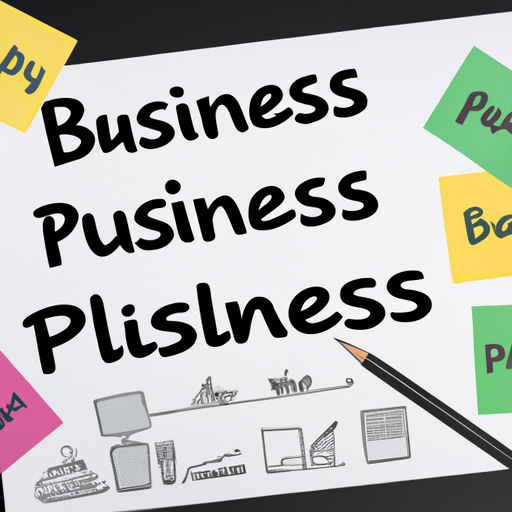How to Create a Winning Business Plan

How to Create a Winning Business Plan
Starting a business without a well-defined plan is akin to embarking on an unfamiliar journey without a map. The significance of a detailed and well-structured business plan cannot be underestimated. It provides direction, helps attract investors, and defines your business concept. Here are steps to create a winning business plan.
1. Executive Summary
Your executive summary provides an overview of your entire business plan. It should define your business, products/services, target audience, and profit projections. Although it comes first, write it last to ensure it encapsulates all the key points in the business plan.
2. Business Description
Here, give a high-level review of the different components of your business – the type of business, the market needs it will fill, and why it will succeed. Provide considerable details about the problem your business seeks to solve or the demand it intends to fill.
3. Market Analysis
A market analysis will enable you to show how well you understand your industry. Entrust time and resources to identify your target demographics, market size, trends, and pricing structure. Analyze your competition, learn from them, and outline how your business will differentiate itself.
4. Organization and Management
Detail your business’s legal structure, ownership, the internal organizational structure, and details of your team. Illustrate the expertise and responsibilities of your management team and key employees, helping your investors understand the human asset behind the business.
5. Service or Product Line
Describe what you sell or what service you offer. Explain how it benefits your customers and what the product lifecycle looks like. Also, share your plans for intellectual property, like patent, copyright, or trademark filings.
6. Marketing and Sales
Indicate how you’ll attract and retain customers. You’ll need to flesh out details about your marketing and advertising plans, sales strategy, and a clear customer journey from discovery to purchase.
7. Funding Request
If you’re seeking investors, outline your funding requirements. Include present and future needs with an prediction of when your business will become profitable. Be clear about whether you want debt or equity, terms, and how this will benefit your investors.
8. Financial Projections
Transform your business plan from a document into an action plan with milestones, deadlines, and projections for revenues and expenses. These are critical to demonstrate that your business will grow and be profitable. Financial projections should extend three to five years in advance.
9. Appendix
An appendix is optional, but it is a great place to include resumes, permits, leases, contracts, and other pertinent documents. Use it to provide supporting or additional resources requested by lenders or investors.
To create a winning business plan, you need to strategically compile the components that make your business unique and worth investing in. Make sure your plan is clearly explained and detailed to inspire confidence in your venture among potential investors. Remember that your business plan is a living document and should be revisited and revised as your business advances.
* The post is written by AI and may contain inaccuracies.


